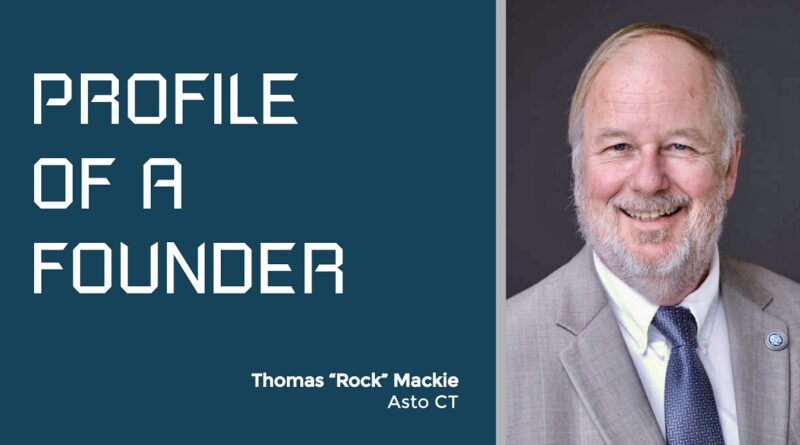Thomas “Rock” Mackie of Asto CT
An exclusive Tech Tribune Q&A with Thomas “Rock” Mackie (co-founder and chair) of Asto CT, which was honored in our:
- 2025 Best Tech Startups in Wisconsin
- 2024 Best Tech Startups in Wisconsin
- 2023 Best Tech Startups in Wisconsin
- 2023 Best Tech Startups in Madison
Tell us the origin story of Asto CT – what problem were you trying to solve and why?
When I was at the Morgridge Institute for Discovery at the UW-Madison, I was approached by Peter Muir, a veterinarian at our School of Veterinary Medicine to design a vertical CT scanner for horse limbs. We put together a design and he said it would be nice if it could also scan horse heads and neck. That ended up being the first design for a two-axis CT scanner. After I retired from the UW, I recruited David Ergun to be our CEO.
What was the biggest hurdle you encountered in your journey?
The biggest hurdle was getting the first customers. The UW was easy because their faculty were the co-inventors. We installed the first unit at the UW but when the pandemic hit, we were stalled in sales for a while. Since then, we’ve persevered and have had steady sales. We have two units installed in Wisconsin as well as units installed at the University of Minnesota and University of Missouri veterinary schools. The most interesting site is in Melbourne, Australia, where the unit has been used to screen horses racing in the Melbourne Cup for the past four years. They check to make sure that there are no incipient leg fractures that could result in the horse’s leg breaking and the horse falling during the race. One horse prevented from running the race later recovered and, with proper training, later came back to win the Cup.
What does the future hold for Asto CT?
I believe that more racetracks will see it is in their best interests to only allow horses to race after a CT screening exam. Conventional x-ray exams have a very poor diagnostic accuracy. Not only will this guide training for the horses, it will prevent micro-fractures and not only reduce the chance of injury to the horse, but the jockey as well. More equine veterinarians will come to see that weight-bearing CT scans with our Equina system are fast, definitive, easy, and affordable to use. Our belief is that all large-animal veterinary practices will get an Equina to stay competitive.
What are your thoughts on the local tech startup scene in Wisconsin?
The local startup scene is steadily improving, especially in Madison. There are strong collaborations between a host of institutions including the UW-Madison, UW-Health, WARF, Wisconsin Technology Council, BioForward, WEDC, most Chambers of Commerce, investment funds like Venture Investors of Wisconsin, TitleTown in Green Bay, and many others. Wisconsin was designated a national Technology Hub last year, and so the momentum will increase.
What’s your best advice for aspiring entrepreneurs?
Find an unsolved problem first. The biggest and best problems might be not be obvious like the proverbial 800 lb. gorilla in the room. Then find a solution to the problem. Check to see if it has been patented or copyrighted. If not, file at least a provisional patent. Only then talk about the problem and solution. Ask as many potential customers as possible if they would buy a product that solved the problem. Don’t be discouraged by people saying, “We haven’t done it this way before”. You might have to point out how big the problem is.
If they don’t like your solution, you might have to tweak the solution or pivot to another approach. Only then take your ideas to investors. If investors think that the problem you are solving is too small to make a decent return, you might have to find another problem that needs your solution or start with another problem to solve. Don’t give up when your first ideas fail because they will – find a way to get around the hurdle. Be stubborn, but if your idea will not work, don’t turn into Sisyphus either.
